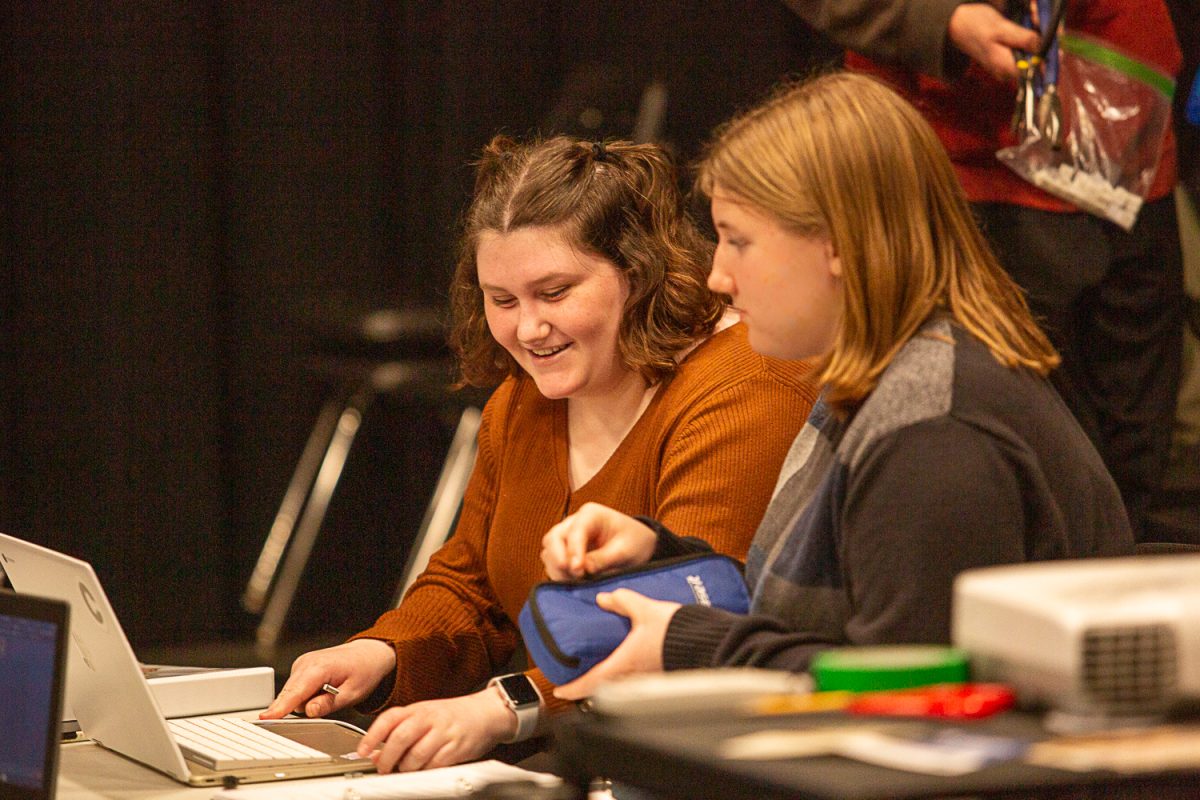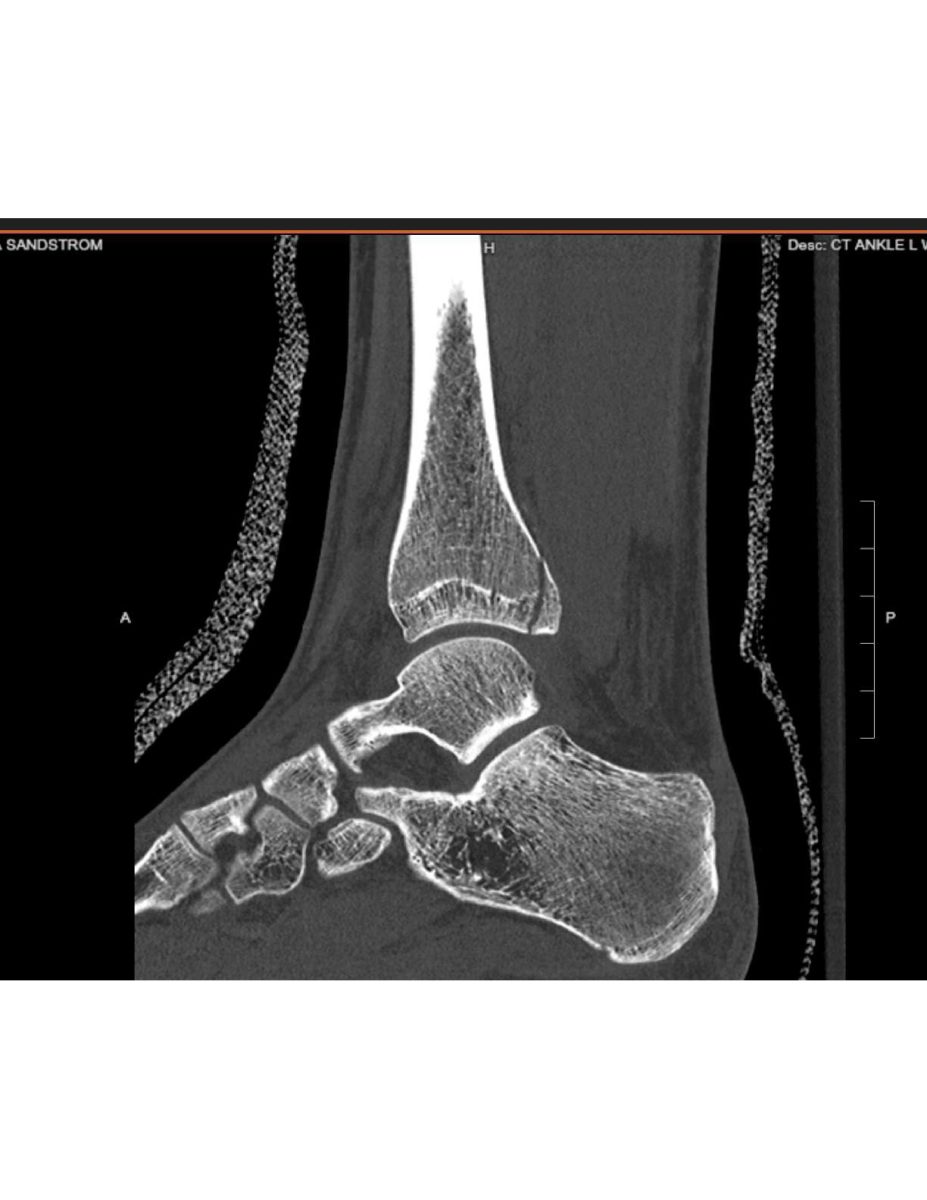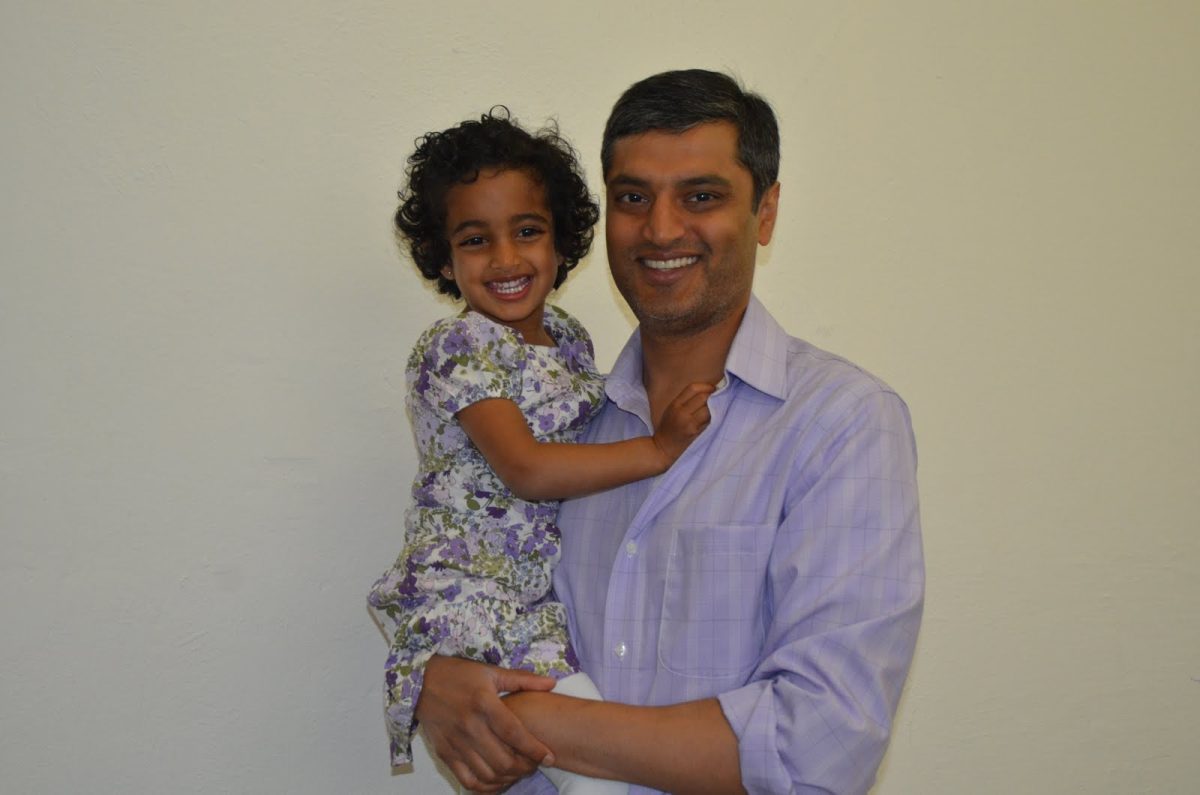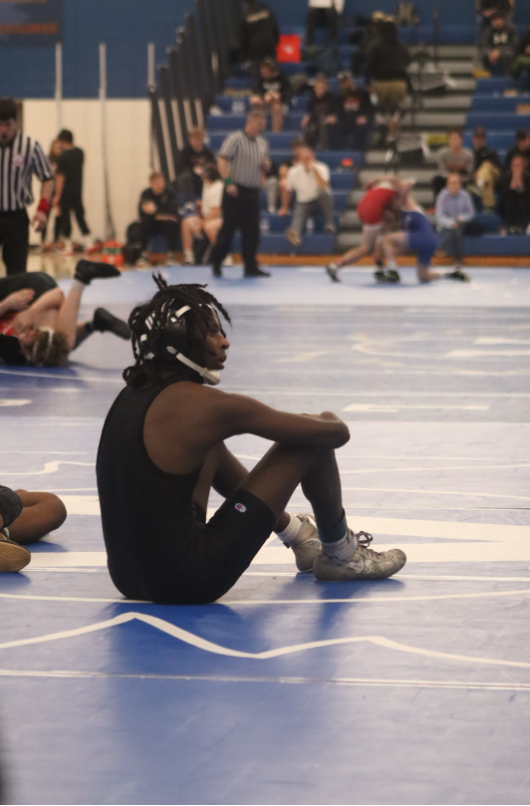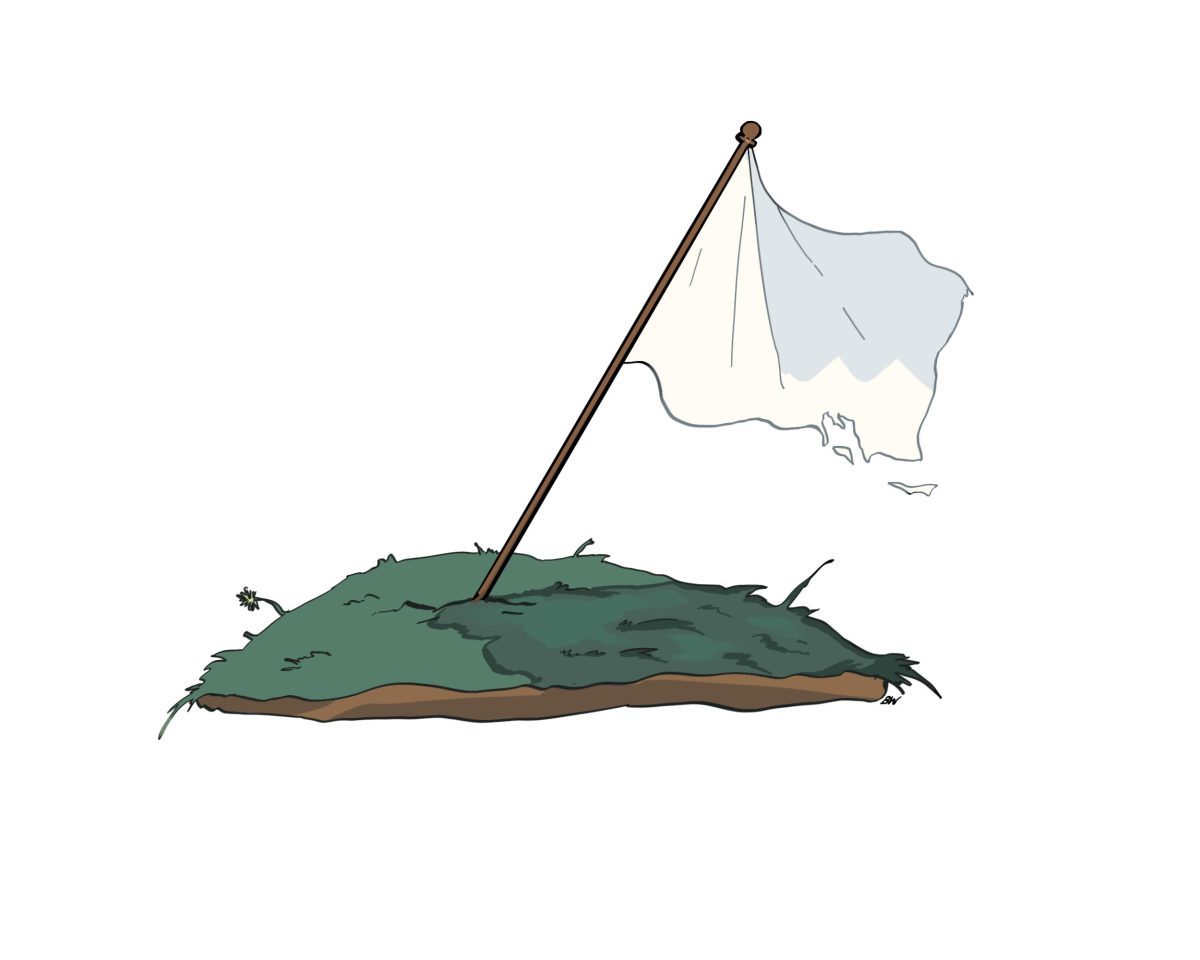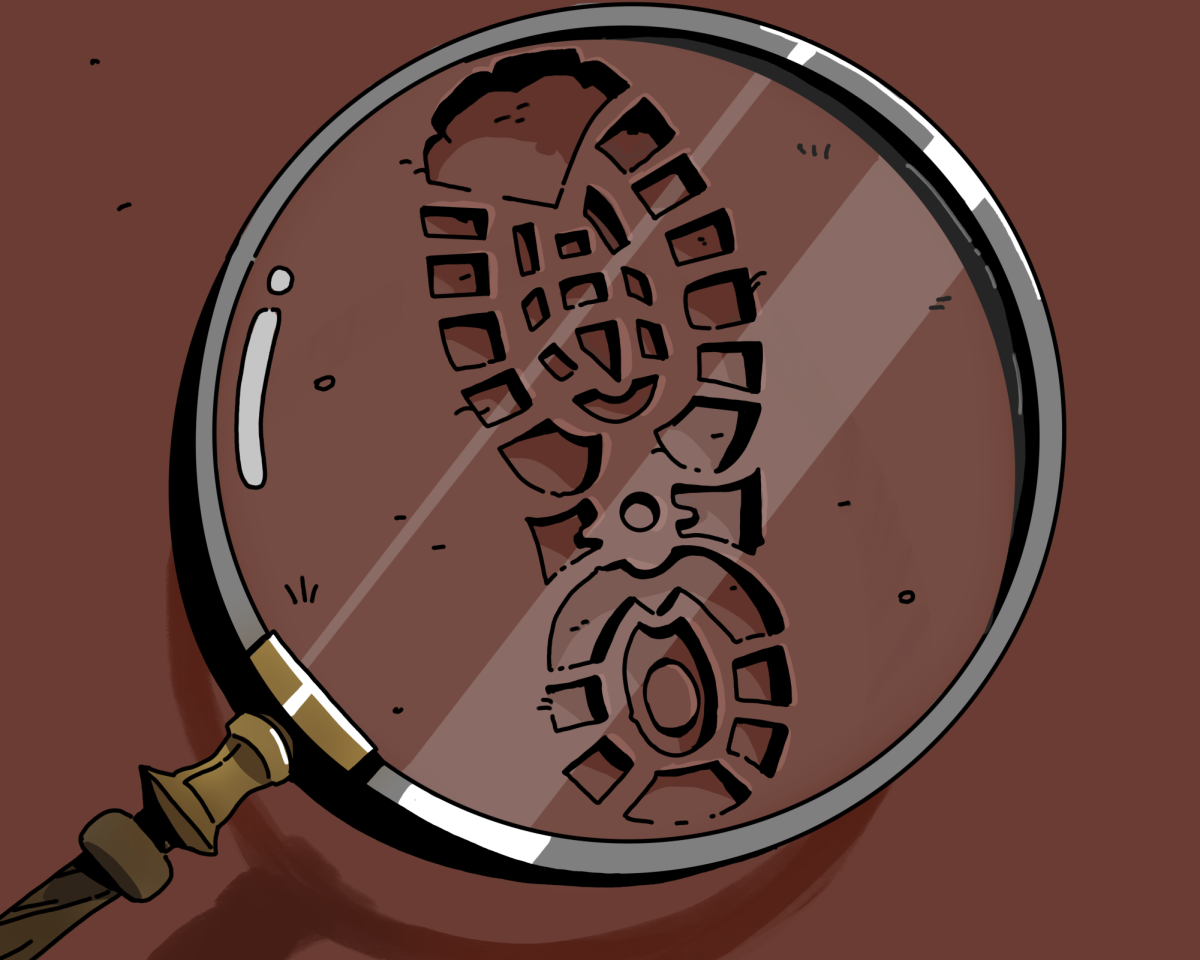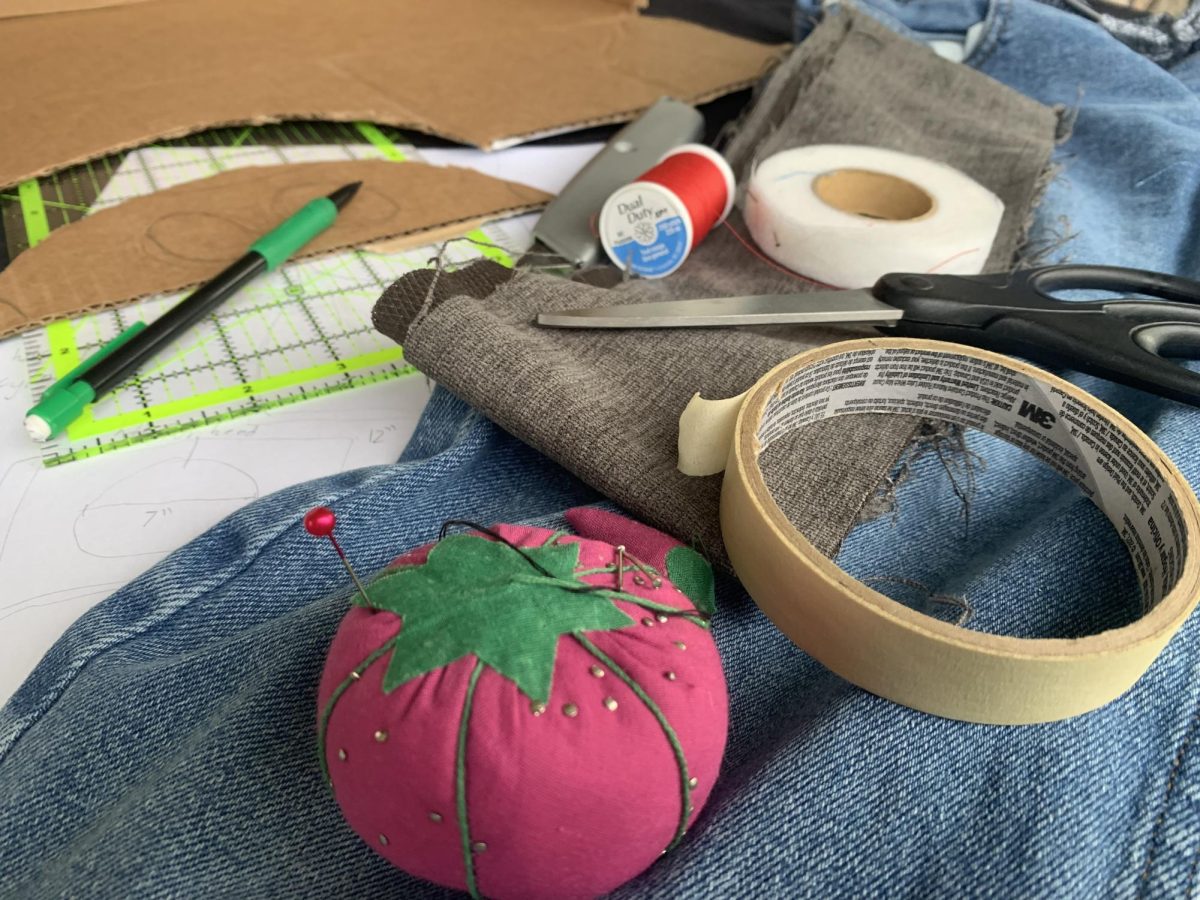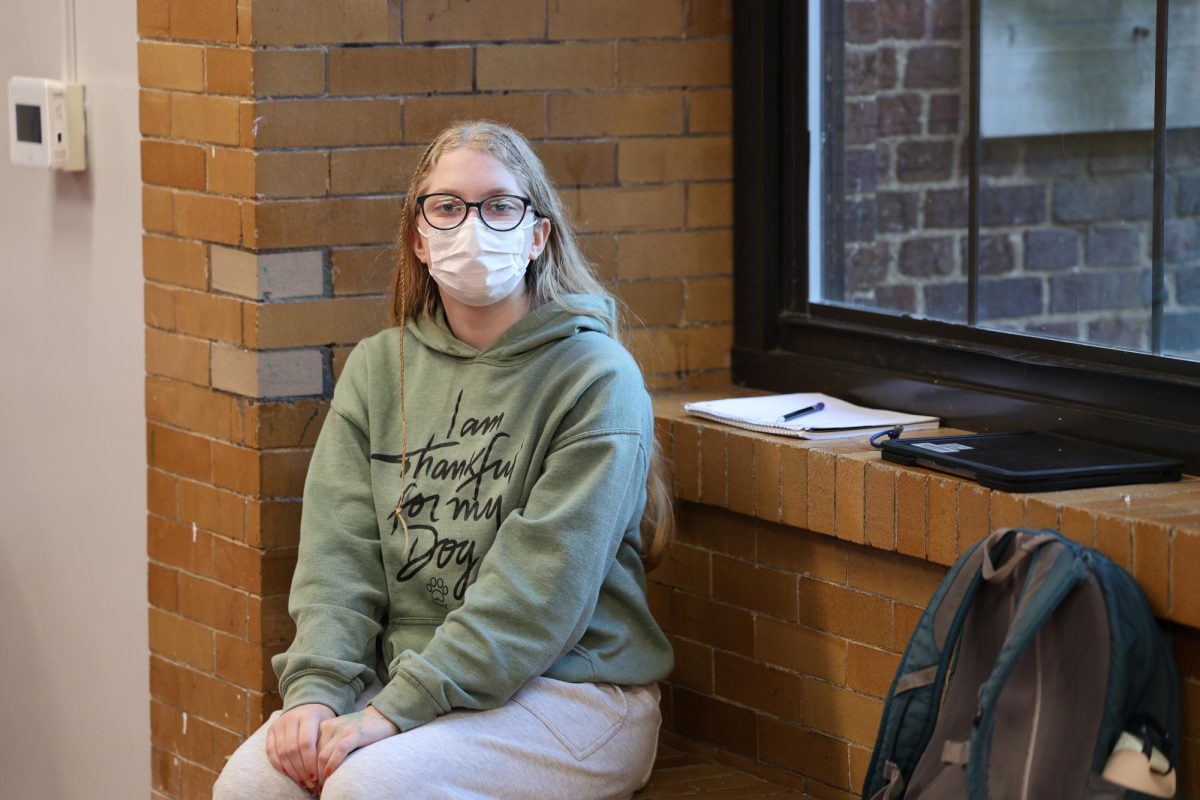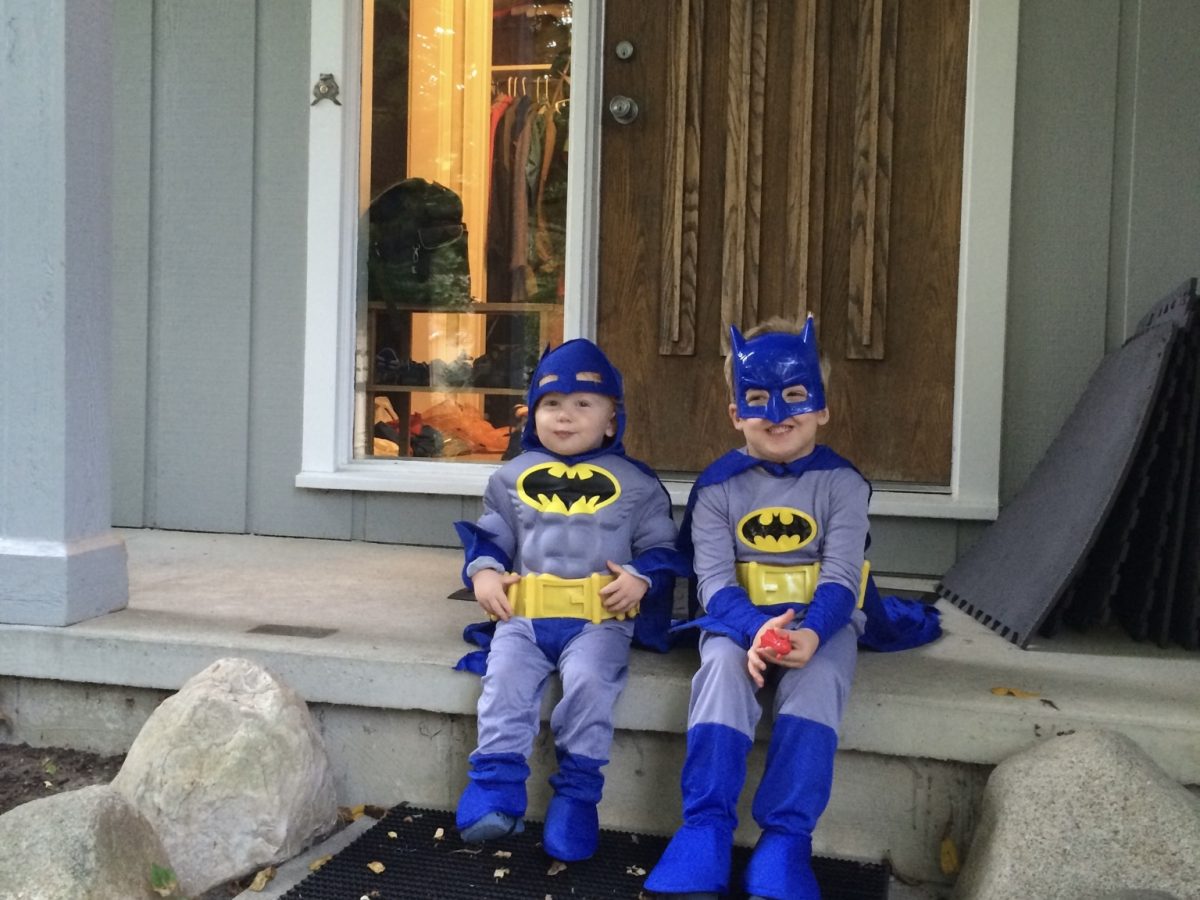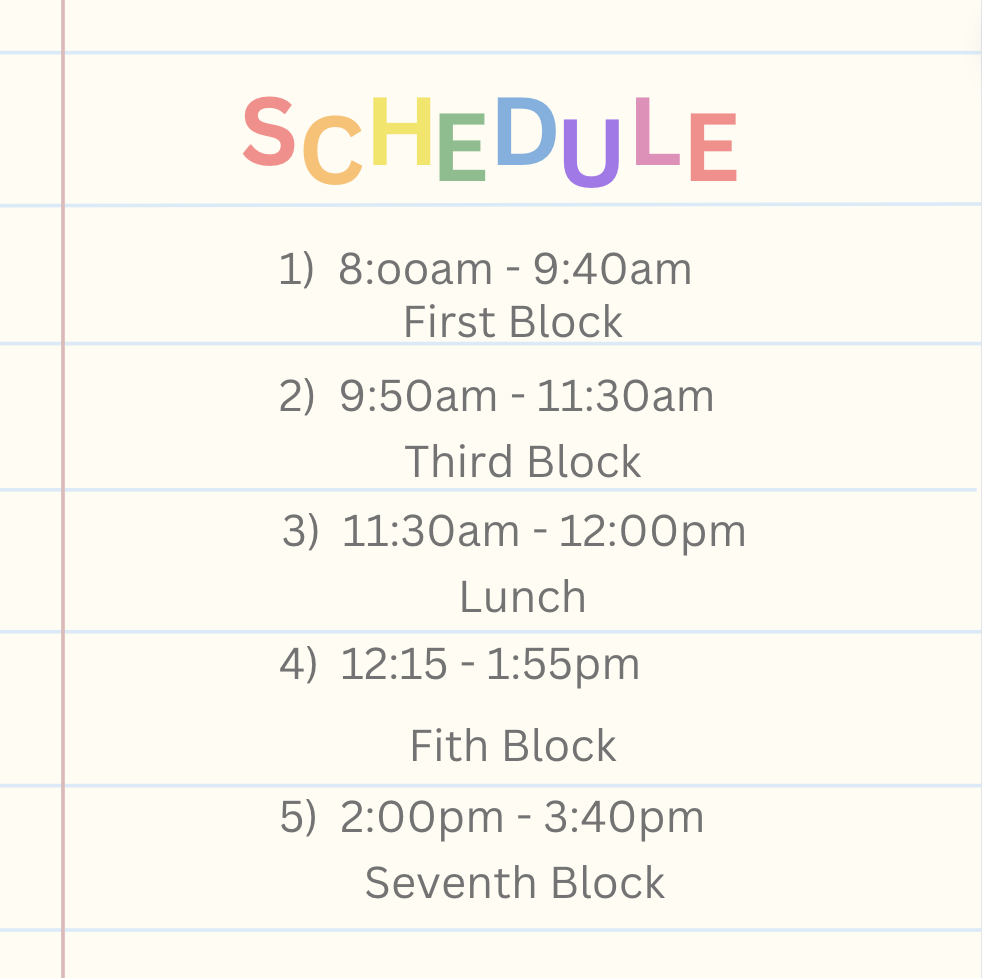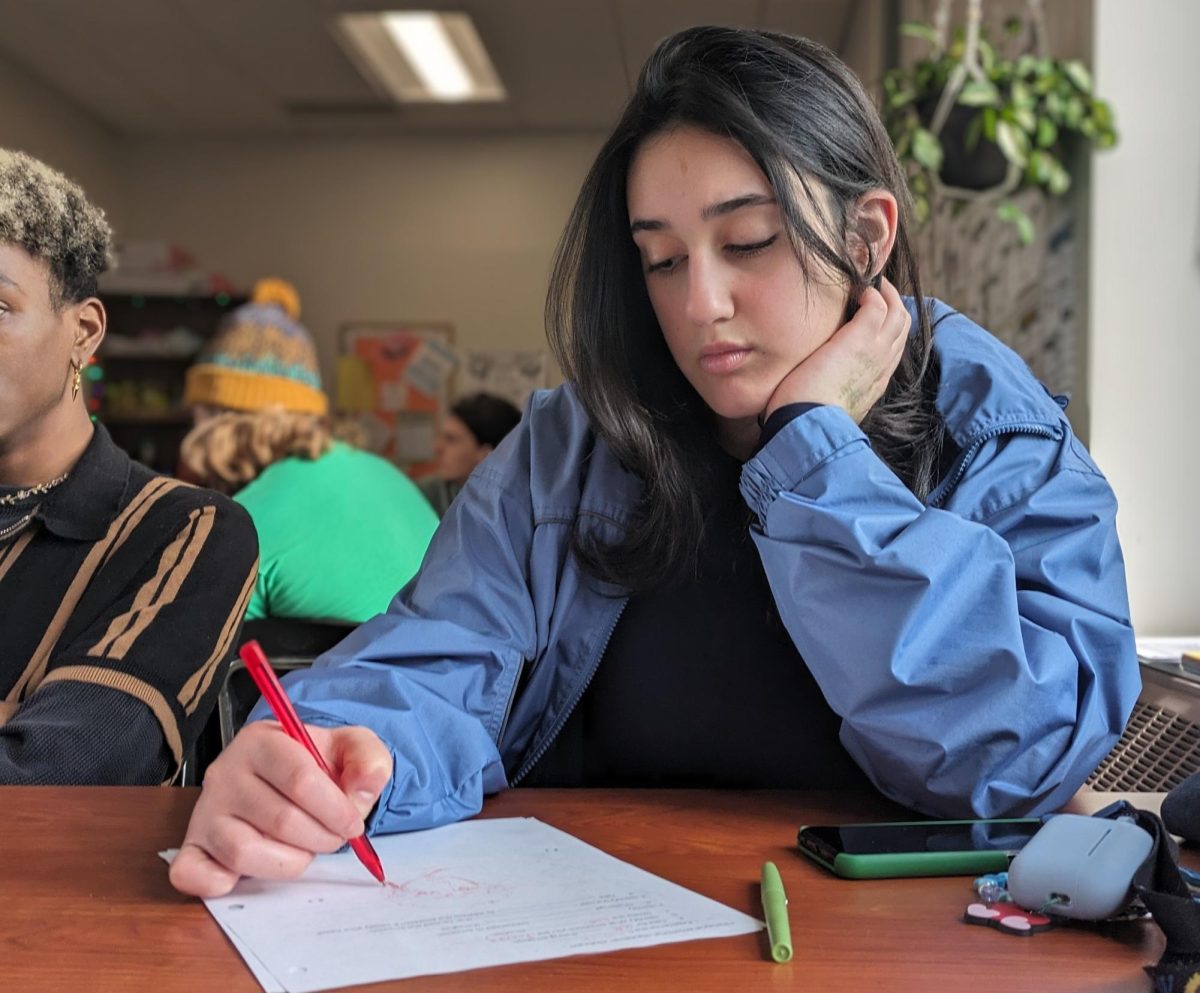In the book, The Snow Dance, by Amy Ackelsberg, there is a scene where Strawberry Shortcake’s friend, Plum Pudding, hurts her leg on the ice and can’t perform. Leading up to this moment, I could feel the tears welling up in my eyes– I knew it was coming. This was my 100th time reading it.
In the movie, Monsters University, where the monsters are learning to be “scarers.” It only took minutes before I started crying, hiding my face in my sweatshirt, and plugging my ears.
“Of course it is scary, it is about monsters learning to scare people!” I exclaimed to my parents.
In the reality television show, Cake Wars, a baker precariously lifted a tray of cake from one table to another. I knew it would fall. I turned it off immediately.
In the musical, The Wizard of Oz, through a local community production, The Wicked Witch of the West appeared 10 feet away from my seat and threatened Dorthy. I immediately started to shake and cry.
The list goes on.
From a young age, my parents noticed that I had a fear of the plot. So at all costs, they would protected me from encountering anything with a storyline.
Ironically, my high school extracurricular life has revolved around storylines.
I joined Community Ensemble Theatre (CET) in my freshman year of high school, with the hope of meeting new friends.
My freshman year was on Zoom, meaning I was on sets taking photos to be displayed on green screens for a virtual version of The Tempest and learning how to somewhat sew while on costumes for a virtual version of Working the Musical. It was hard to make friends.
I went into sophomore year excited to finally meet people face to face. I found out through the grapevine that CET was looking for a new Assistant Stage Manager (ASM). I took an interest in this position believing it would allow me to not only build relationships with techies but also with actors.
The moment I stepped into my new position as CET’s ASM, I had no clue what I was supposed to do. Starting off was hard. However, I quickly learned that the job of a stage manager is to have the crew (lights, sound, set, props, and costumes) come together with the cast. To do this I learned how to take notes about where actors were positioned on stage and if/when they messed up their lines to report back to them. I also learned how to run “cue to cue” (a crucial step of the process of creating a show where the cast and crew come together for the first time), call lighting and sound cues during the show, and learn the musical score to help me know when to call certain cues.
When the curtain rises for opening night, I am able to make the story play out on stage.
I began to have a realization. Sophomore year, I stage-managed two shows. In She Kills Monsters there is tension throughout. Agnes (the main character) has to complete deathly challenges to rescue her dead sister’s soul. In Pippin, Pippin is persuaded by the Leading Player and everyone else to commit suicide by jumping into a barrel of fire. I wasn’t scared at all.
Then, I went to see a local high school production of Cinderella, where instead of worrying about the evil stepmother locking Cinderella in a room, I was imagining all that was going on behind the scenes.
These deconstructed stories were not frightening, and continue not to be.
In my junior year, I stage-managed two shows that happened to take place in Germany after and during World War II (The Visit and Cabaret, respectively).
I appreciate the work and the people that go into a show, the jittery, but exciting feelings of opening night, and the sadness which comes with closing night because it is over.
I don’t know if I am no longer afraid of the plot; however, I have a new understanding of myself. I know that I can watch a show and really enjoy it.



